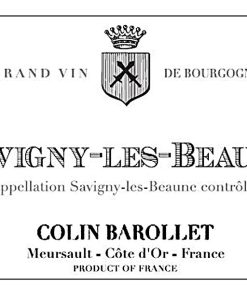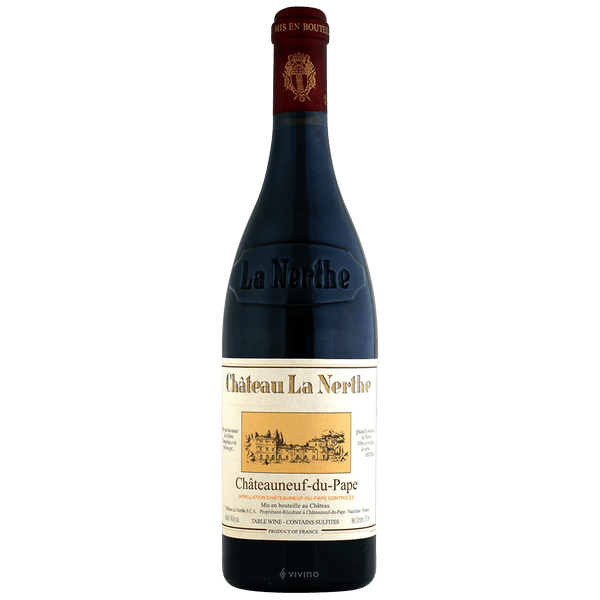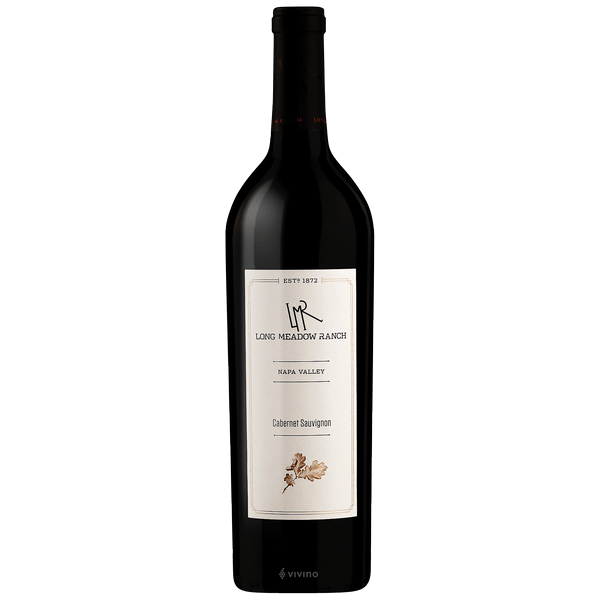-
×
 2020 Colin Barollet Savigny-les-Beaune 750ML
1 × $30.99
2020 Colin Barollet Savigny-les-Beaune 750ML
1 × $30.99
2008 Chateau La Nerthe Chateauneuf-Du-Pape
2008 Chateau La Nerthe Chateauneuf-Du-Pape
Deep ruby color with a purple rim. A wonderful, expressive nose where ripe black and red fruits (cherry & black currant) combine with spices. Full-bodied with gorgeous, silky tannins, a balanced palate and a particularly long finished where notes of dates add an extra layer of complexity.
Wine Spectator (90/100)
A modern style, with a good juicy, fairly primal core of red and black cherry compote, laced with sweet spice, anise and cocoa notes. The finish lets toasty spice and anise notes play out.
Wine & Spirits (90/100)
A flashy Chateauneuf, this needs lots of air for the oak to blow off; then all the herb and stone details come out, giving depth to the shiny purple fruit. It’s fresh and young, spicy and lively, to enjoy now with a steak or to cellar for five to ten years.
Archives affirm Chateau La Nerthe’s existence as early as 1560, while suggesting an even more distant past dating to the dawn of the region?s wine culture in the 12th century making it one of Chateauneuf’s oldest estates. Located in the heart of the Chateauneuf-du-Pape AOC region of southern France not far from Avignon, the 225 acres of Chateau La Nerthe vineyards are located in a single block around the Chateau and have been certified Organic since 1998. The terroir is very typical for the region: vineyards runs along a slope, at the top of which the vines dig their roots into soils of sandy-clay, on the surface there is a layer of the famous galettes, large, round, well-worn stones that originated in the Alps, having been carried down to the Rhone by the glaciers of previous ice ages. The further down the slope of the vineyard you travel, the more these stones dominate. All 14 of the permitted primary varietals are planted-Grenache dominates 62% of vineyards and the vines average over 40 years old. Chateau La Nerthe is the prime expression of Chateauneuf-du-Pape.
According to law, eighteen grape varieties are allowed in Chateauneuf-du-Pape and most wines are blends of some mix of these. For reds, Grenache is the star player with Mourvedre and Syrah coming typically second. Others used include Cinsault, Counoise and occasionally Muscardin, Vaccarese, Picquepoul Noir and Terret Noir.
Related products
$21.00
2019 Umani Ronchi San Lorenzo Rosso Conero 2019 Umani Ronchi San Lorenzo Rosso Conero Has a brilliant ruby red color with garnet tints. The nose is sweet, predominantly fruity, with typical notes of morello cherry. Rich and pulpy in the mouth, flavourful and pleasantly harmonious, with silky tannins. The long finish is austere and intensely [...]
$21.00
2019 Rosa del Golfo Primitivo is a red wine from Salento characterized by warmth, smoothness, balance and elegance, born from a short aging in oak barrels. A spicy and Mediterranean bouquet of black fruits, red flowers, wild herbs, pepper and sweet spices animate a velvety, warm, full-bodied, elegant and persistent taste. With a silky and [...]
$64.00
2019 Jean-Claude Bachelet Saint-Aubin 1er Cru Derriere La Tour Rouge 2019 Jean-Claude Bachelet Saint-Aubin 1er Cru Derriere La Tour Rouge Shedding a touch of youthful reduction to reveal aromas of plums, warm spices, rose petals and forest floor, the 2019 Saint-Aubin 1er Cru Derrière La Tour is medium to full-bodied, concentrated and lively, its deep [...]



